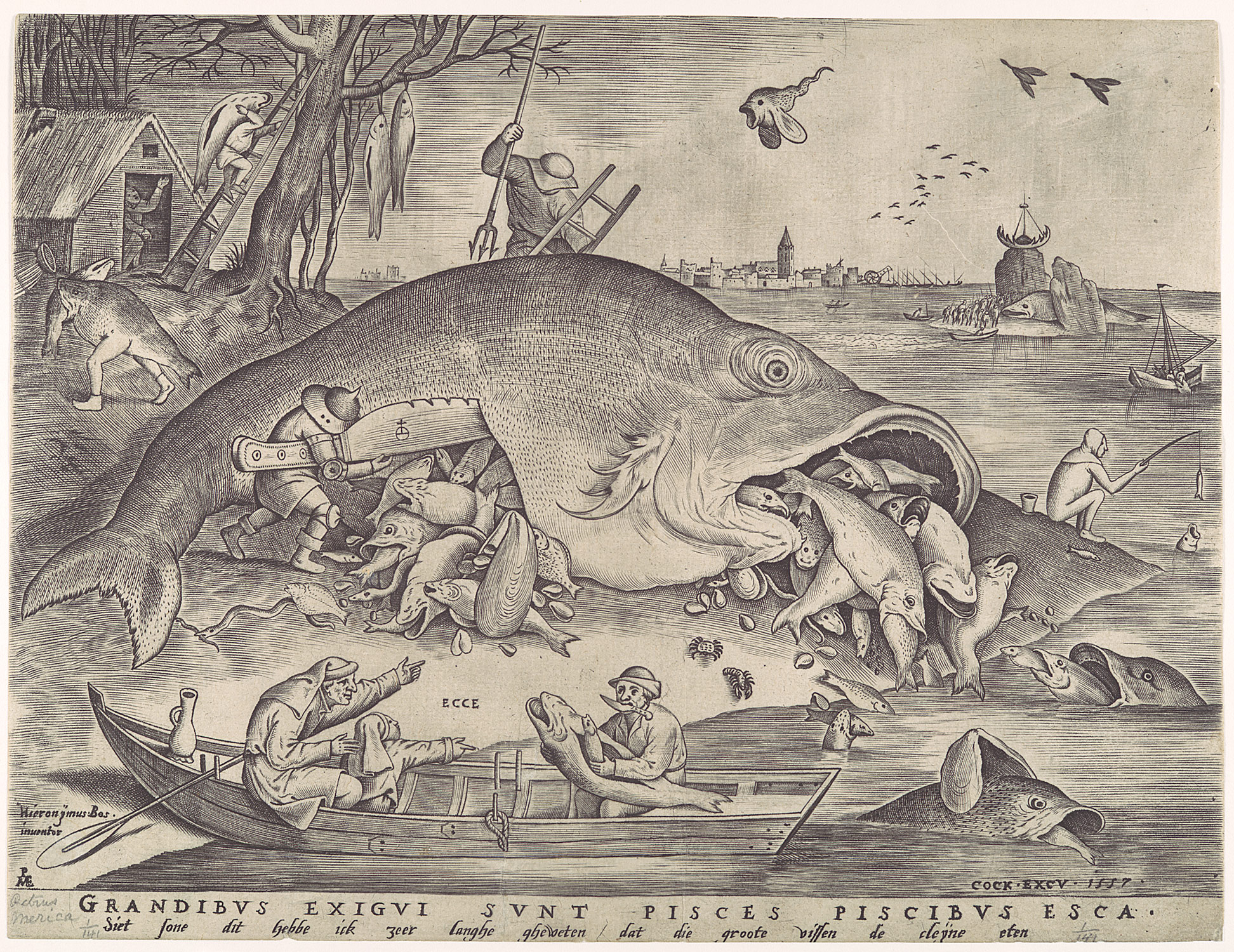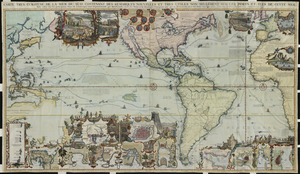Cod and "Cape Codd": The Fishy Priorities of the 17th Century Mapmakers
Max McCullough: 2017 Carolyn A. Lynch Teacher Fellow
Historian Mark Kurlansky, in his book Cod: A Biography of the Fish that Changed the World, suggests that among the first Europeans to come to America may have been Basque fishermen from modern-day Spain and that they came in search of cod. Before them, exiled Vikings crossed the North Atlantic to Newfoundland, Canada, relying on cod they caught and cured along the way to sustain them. While these claims are difficult to conclusively prove, the earliest records we have of 16th and 17th century explorers of North America show they were stunned and delighted by the numbers of cod they encountered there.
The opportunity to reap huge profits from exploiting cod stocks off the coast of New England and Newfoundland ignited intense competition for land in the New World. With knowledge of the geography so limited and borders deeply ambiguous, at various points England, France, Belgium, and the Netherlands dispatched fishing fleets to the American Northeast and claimed the region for themselves. As with any geographical dispute, cartography was deployed as a potent tool to advance national claims to the territory.
As this map set illustrates, mapmakers in the 1600s seemed interested in New England not only for potential settlement, but also (and perhaps foremost) as a lucrative fishing ground. This map set draws on maps with several national origins and displays the contentious nature of early cartography in North America. Even before the founding of Plymouth and Boston and the assertion of British control over large swaths of the region, the most prominent landmark on maps of the region, regardless of which country produced them, was also the most suggestively named: Cape Cod.
Historian Mark Kurlansky, in his book Cod: A Biography of the Fish that Changed the World, suggests that among the first Europeans to come to America may have been Basque fishermen from modern-day Spain and that they came in search of cod. Before them, exiled Vikings crossed the North Atlantic to Newfoundland, Canada, relying on cod they caught and cured along the way to sustain them. While these claims are difficult to conclusively prove, the earliest records we have of 16th and 17th century explorers of North America show they were stunned and delighted by the numbers of cod they encountered there.
The opportunity to reap huge profits from exploiting cod stocks off the coast of New England and Newfoundland ignited intense competition for land in the New World. With knowledge of the geography so limited and borders deeply ambiguous, at various points England, France, Belgium, and the Netherlands dispatched fishing fleets to the American Northeast and claimed the region for themselves. As with any geographical dispute, cartography was deployed as a potent tool to advance national claims to the territory.
As this map set illustrates, mapmakers in the 1600s seemed interested in New England not only for potential settlement, but also (and perhaps foremost) as a lucrative fishing ground. This map set draws on maps with several national origins and displays the contentious nature of early cartography in North America. Even before the founding of Plymouth and Boston and the assertion of British control over large swaths of the region, the most prominent landmark on maps of the region, regardless of which country produced them, was also the most suggestively named: Cape Cod.















